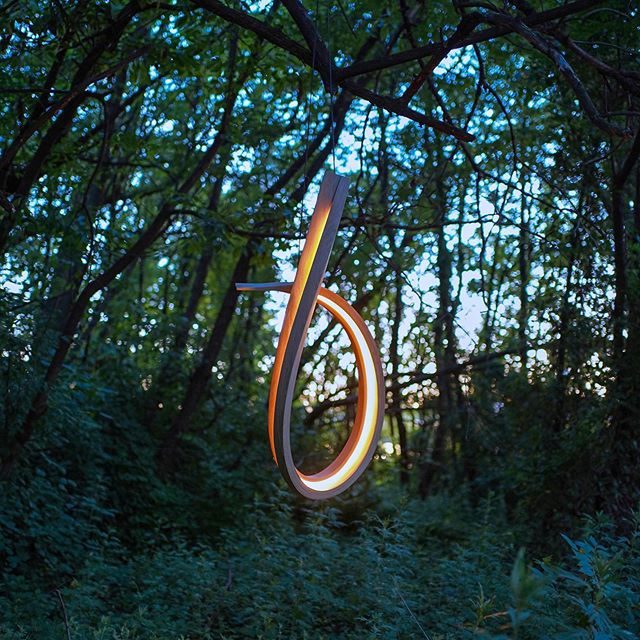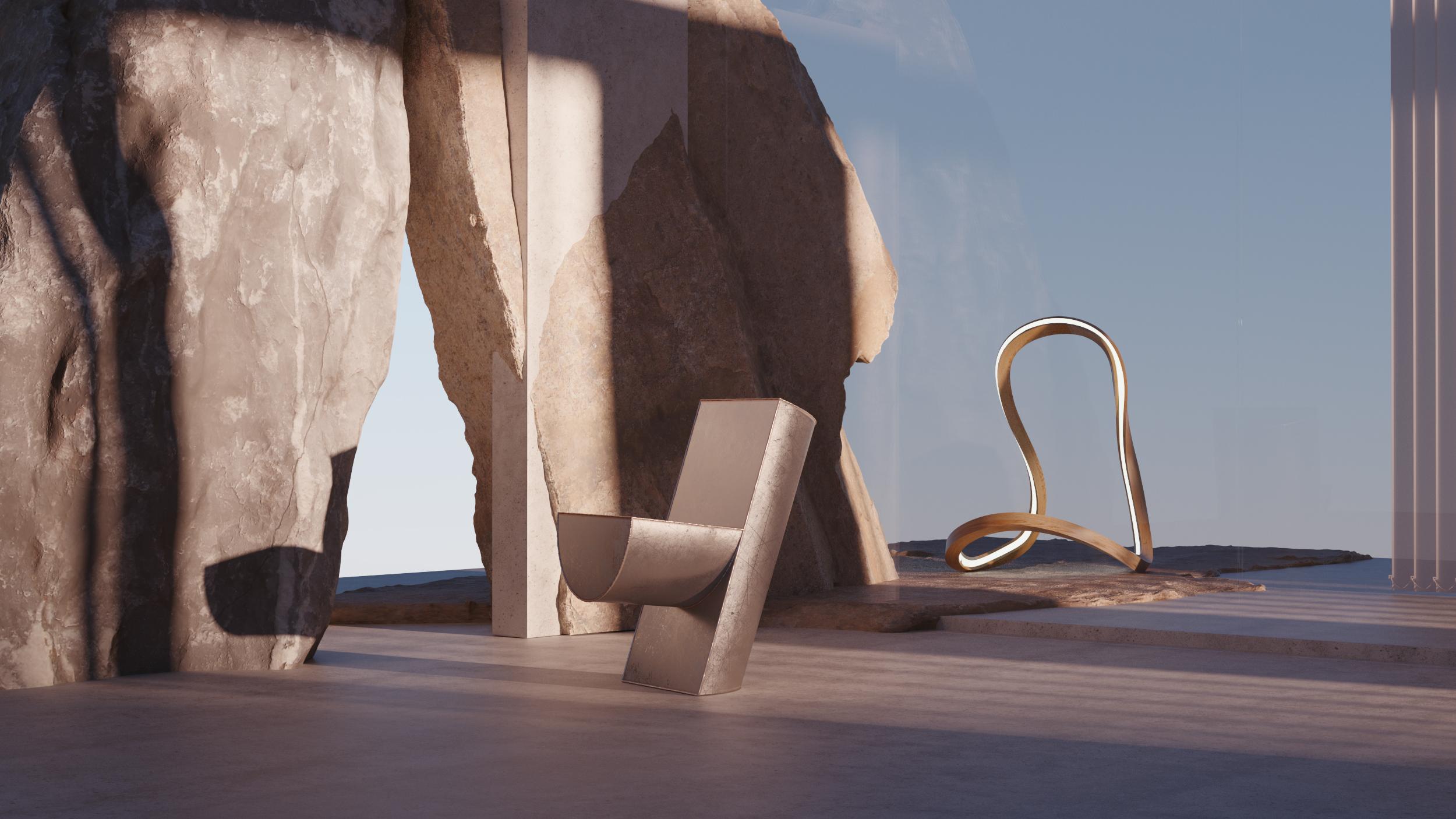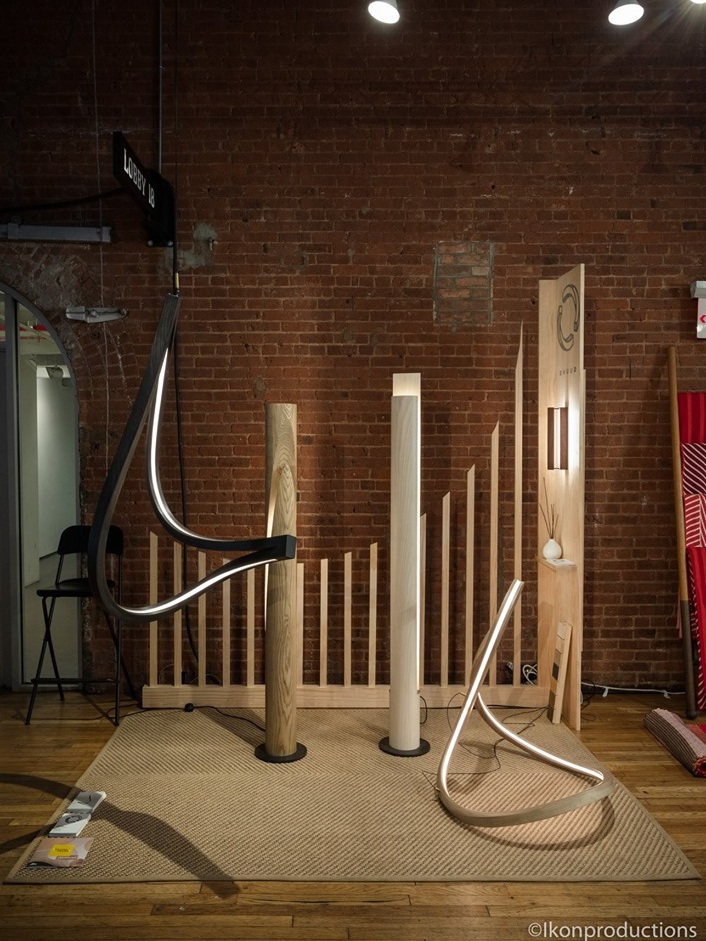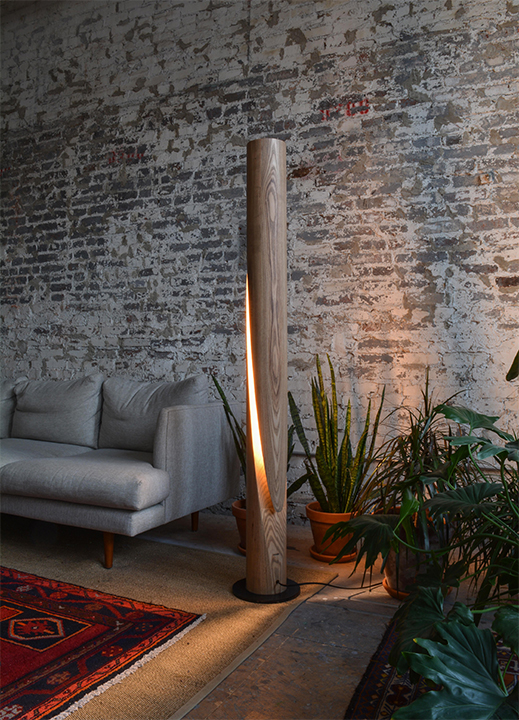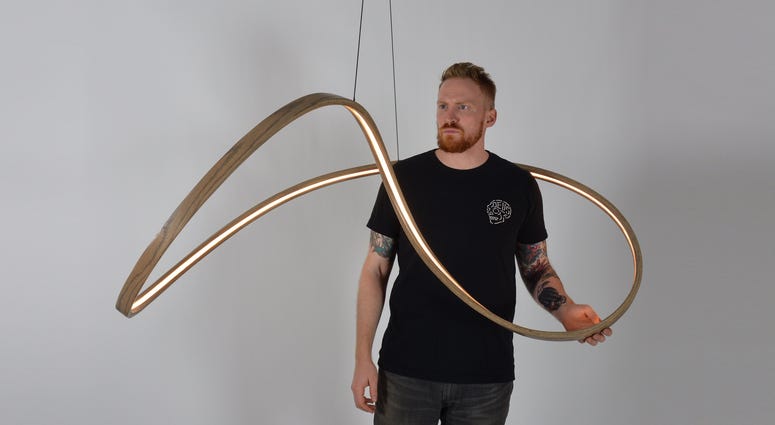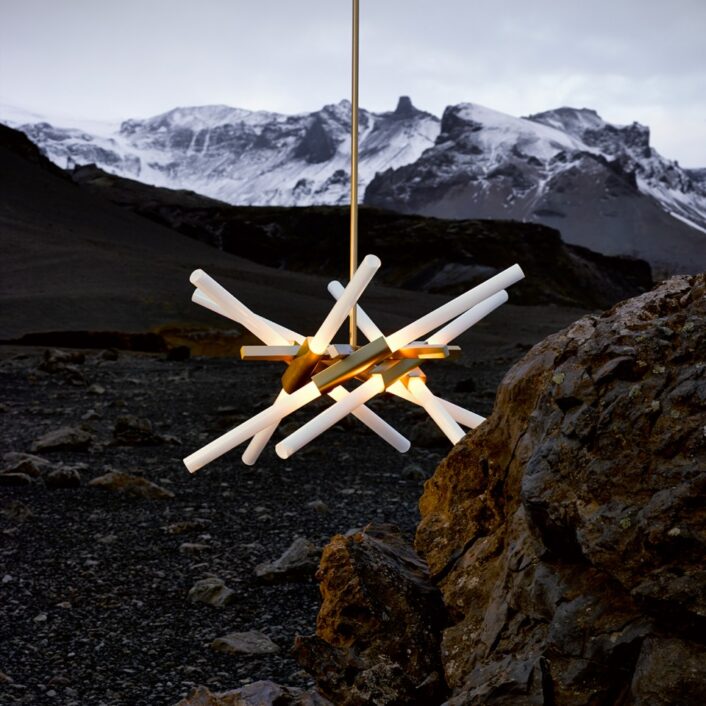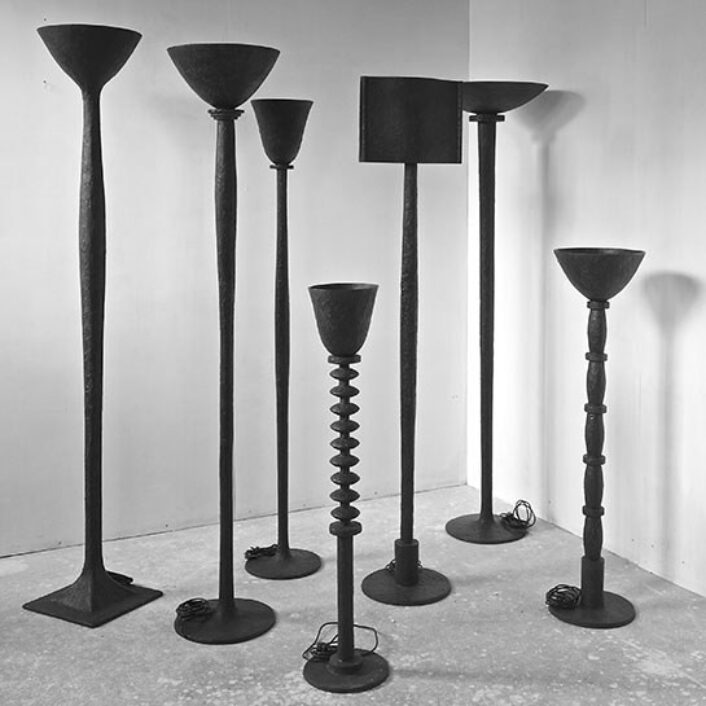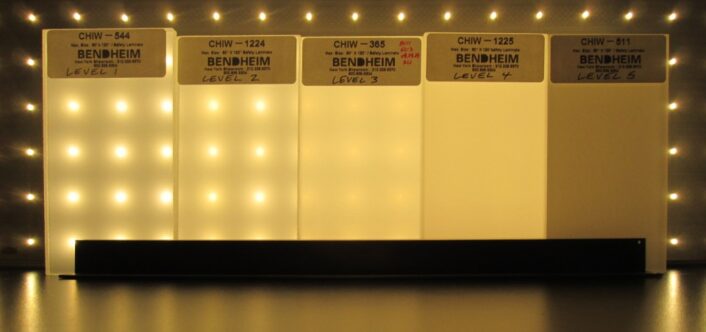OVUUD was formed out of a desire to keep lighting design simple… yet interesting. The Philadelphia-based company provides custom lighting made from natural materials and cutting edge lighting technology. Each piece is hand-crafted from locally sourced wood which includes oak, ash, and walnut.
The East Coast luminary specializes in lighting with an architectural flair. Part of this probably came organically via the classes Benjamin Gillespie was required to take for his engineering major at Drexel University. Interestingly though, as a furniture builder and designer, he has had zero formal training. About his passion, Gillespie said, “I’ve been building furniture since I was a teenager. My father is incredibly handy and he always had tools around the house. Teaching yourself, you just kind of get better at it.”
